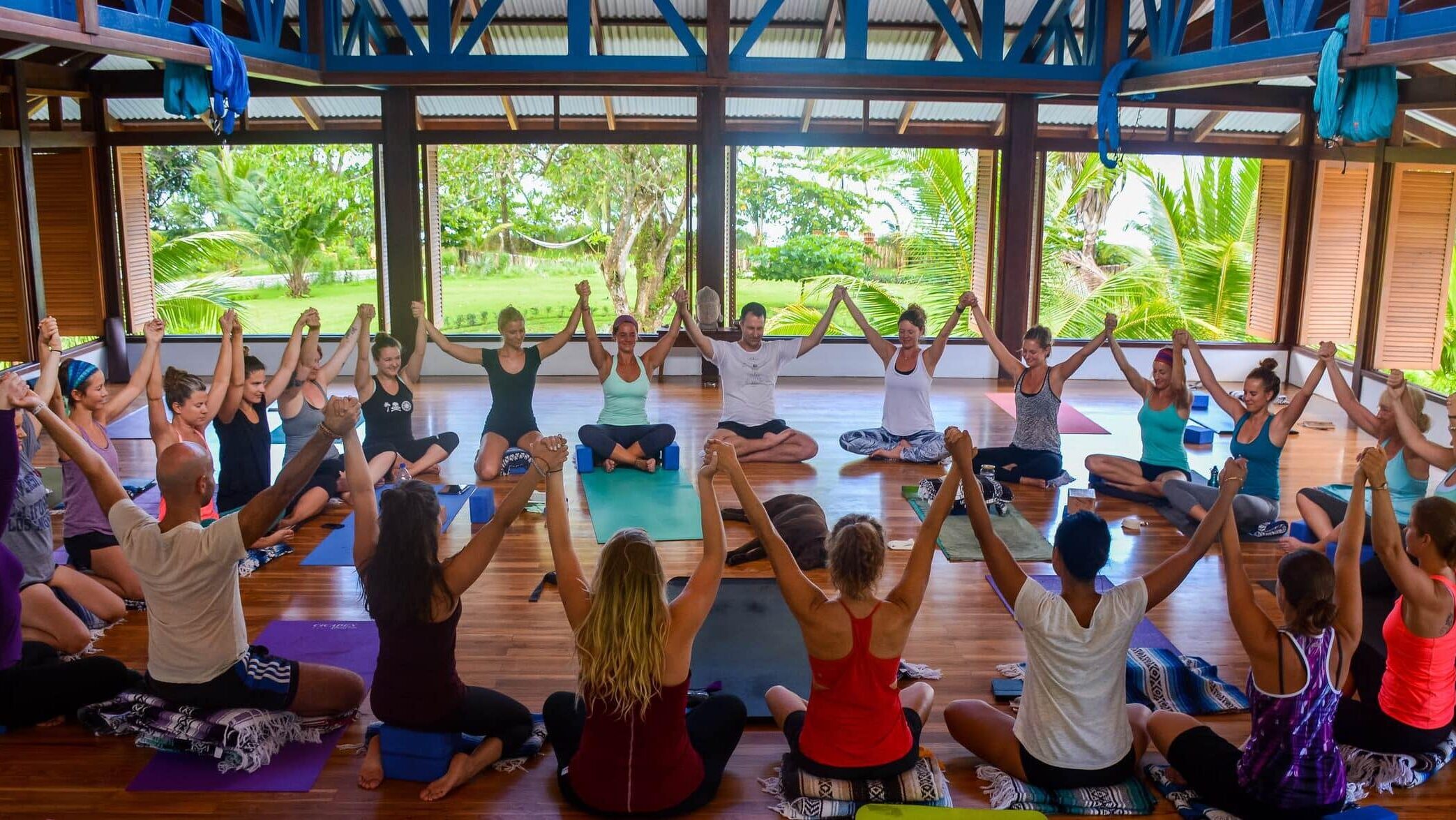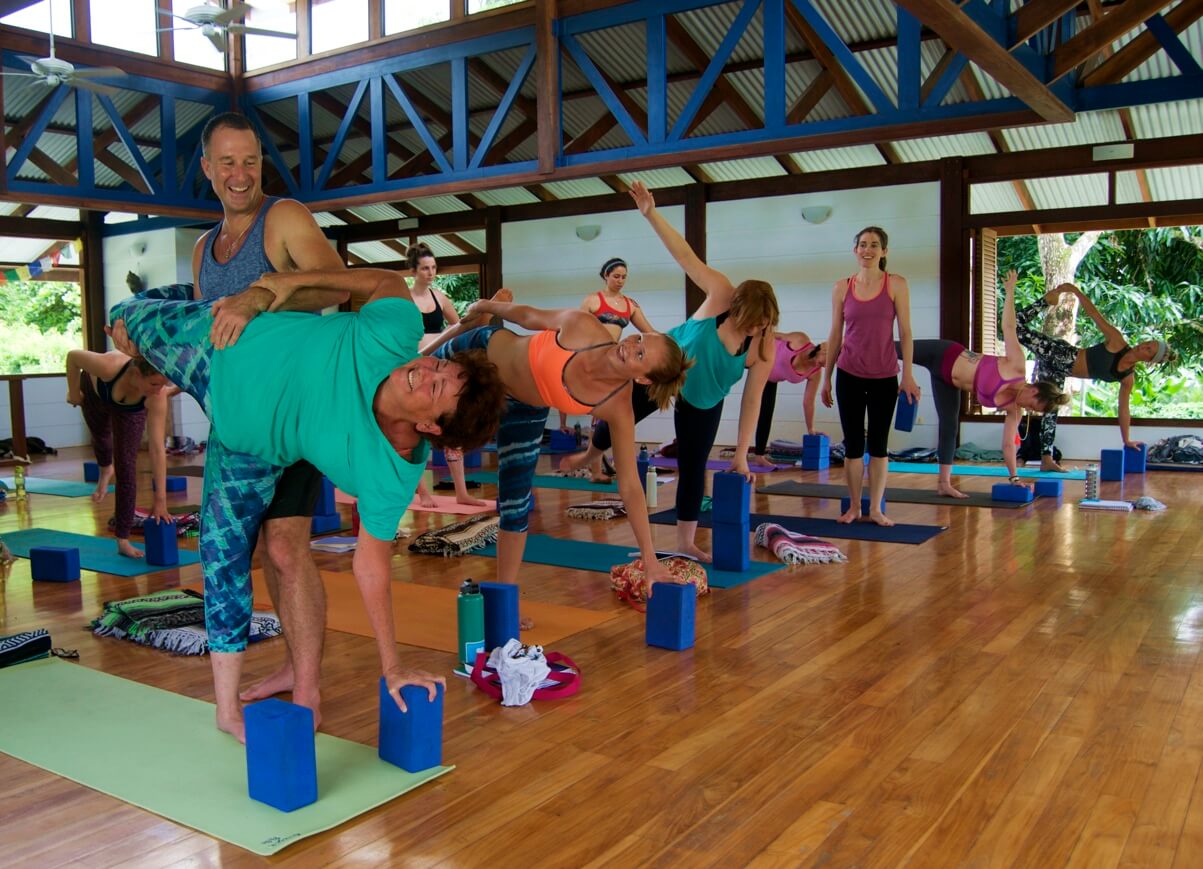If you can’t figure out why you feel so unproductive at work, it’s time to start thinking about how you spend your evenings. One of the best ways to have a successful day is to prepare for it the night before. However, although morning routines are currently getting lots of attention, nighttime planning is often ignored. Understandably, most people want to chill out after a busy day. Even so, as tempting as it is to spend hours bingeing on Netflix, the benefits of establishing a solid night routine are worth the effort.
Benefits of a Night Routine
A night routine refers to all of the things you do right before going to bed. Whether that involves gentle exercise, listening to music, or soaking the day away in a hot bath, is up to you. But if you take a scattered approach to your evenings, you’ll probably find yourself waking up stressed with a million things on your to-do list. Establishing a solid night routine can help you to prepare for the next day, lower your stress levels, and increase your chances of getting a good night’s sleep.

According to Harvard Business Review, there’s a clear link between getting enough sleep and leading effectively. Researchers found that good-quality sleep is associated with a person’s ability to solve problems and to focus on tasks. Creating a consistent night routine will increase your chances of getting more restful sleep. By doing so, you’ll give yourself the opportunity to perform to the best of your abilities.
10 Tips for Creating a Night Routine
If you want to establish a good nighttime routine but don’t know where to start, the following ten tips are for you. Also, you won’t just be enjoying better sleep – by following a consistent night routine, you’ll probably find that your morning routine is also positively affected. As long as you create a schedule that’s right for your life and needs, you’ll quickly start to notice the benefits.
1. Avoid caffeine after 4 pm

Preparing for a good night’s sleep begins long before you slip into your pajamas. So it’s worth being mindful from the afternoon onwards. Caffeine is a stimulant that stays in your system for up to six hours. This makes it more difficult to fall asleep and stay asleep at night. So if you like a hot drink before bedtime, make it a caffeine-free herbal tea and save your coffee for your morning routine.
2. Eat a balanced dinner

Eating a nutritious meal in the evening can go a long way to helping you get a good night’s sleep. Meals that are overly rich or high in salt can leave you feeling bloated, thirsty, and uncomfortable. If your body is working hard to digest an excessive amount of food, it’ll lower the overall quality of your sleep. Try to eat a few hours before bed to give your body time to digest the food. As an added bonus, if you eat a nourishing dinner, it’ll set you up for the next day.
3. Prep your meals

Nightly meal-prepping is a great way to free up time in your morning routine. If you take lunch to work, dedicate a little time after dinner to boxing up your leftovers. Alternatively, prepare a quick salad, so it’ll be ready to go the next morning. If you really want to maximize your time in the mornings, you could prep for breakfast by chopping ingredients at night or trying overnight oats recipes.
4. Organize your space

It’s much easier to feel calm and in control when you fall asleep in an organized environment. You’ll be more likely to wake up in a positive mood if you’ve already cleared any clutter from the day before. After you give your bedroom a quick tidy, you can use it as a great opportunity to set out your outfit for the next day. By organizing everything at night, you’ll set yourself up for a successful next day.
5. Develop an evening ritual
Repeating the same relaxing ritual each night acts as a signal to your body that it’s time to wind down for bed. So whether that ritual involves taking a shower, listening to a podcast, or reading a book, make it consistent. It’s also a good idea to remove screen time from your bedtime routine. Tablets, laptops, and phones all emit a blue light that makes it more difficult to relax. For restful sleep, experts recommend switching off screens about two hours before bed. But if you’re a screen addict, try starting with 30 mins before bed and increase over time.
6. Plan out tomorrow’s schedule
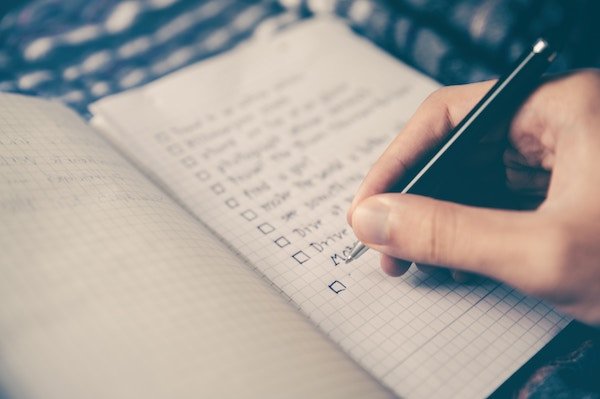
Lying in bed with an endless to-do list swirling in your head doesn’t make for a great night’s sleep. Combat this by planning your day the night before. Write out your top priorities for the next day and break your main tasks down into manageable chunks, if necessary. Planning out your day only takes a few minutes, but it can make a big difference to how you feel.
7. Practice bedtime yoga
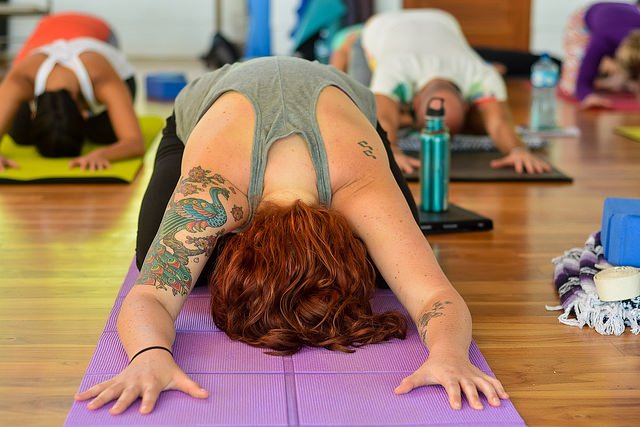
Ensure that your body is relaxed before bed by practicing nighttime yoga. Yoga triggers the parasympathetic nervous system, which shifts the body into relaxation mode. Even so, this isn’t the time for power yoga. Instead, opt for slow, soft movements to ease any tension in your body and mind. Focus on the breath and enjoy gentle stretches, tension-releasing twists, and comforting postures. To get started, try Child’s Pose, Cat/Cow, and Happy Baby, which are all perfect poses for a night routine.
8. Give gratitude

Giving gratitude is one of the simplest, yet most effective, ways to increase your overall happiness. Practicing gratitude before bed enables you to end your day on a positive note. As giving gratitude can be as simple as writing down one thing you’re grateful for, it’s an easy addition to your routine.
9. Meditate

Meditating is another wonderful way to settle your mind and wind down before bed. Try any of these three breathing exercises to release tension and ease you into your practice. If you haven’t tried meditating before, check out our handy guide to meditation techniques.
10. Stick to a consistent bedtime
Going to sleep and waking up at the same time every day might not sound exciting. However, it helps to regulate your body’s internal clock. By keeping a consistent sleep schedule, you can also significantly improve the overall quality of your sleep. It’s recommended that adults sleep between 6-10 hours each night, but this will depend on your personal needs. Decide on a bedtime that’s right for you and try to stick to it.
Night routines can have a significant impact on how you feel the next day. If you’re well rested, you’re likely to end up feeling happier, more productive, and more relaxed. Establishing a consistent night routine will also help you to get the most out of your mornings. By preparing for success the night before, you can use your morning routine to focus on aligning your body, mind and life.
Pin It For Later!
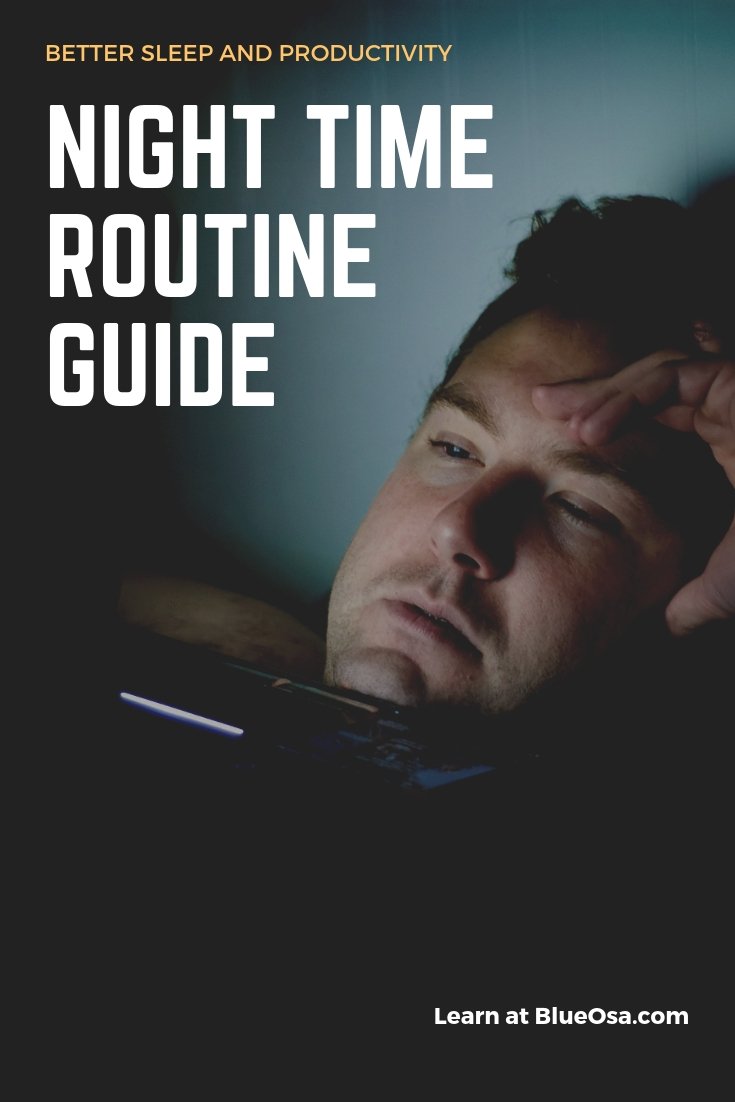
About the author:

Casey Siemasko is a content marketing consultant, travel blogger, and wandering yogi. An entrepreneur at heart, she is the co-founder of the award-winning travel blog A Cruising Couple. Besides yoga and travel, she enjoys wine tastings, being outdoors and taking on new hobbies. Follow Casey on LinkedIn and Google+.
Follow Casey:
Tags: Health
Book/Inquire Now
Got pain? This will help you!
YOU DESERVE TO LIVE PAIN-FREE...
Receive 7 short, simple, and effective practices to alleviate knee, hip, low back, neck, shoulder pain, and more!
All you need is 5 minutes per lesson and it's FREE!
This revolutionary approach to yoga is new, and no one else is teaching this! Since I created Applied Yoga Anatomy + Muscle Activation™ and started teaching it consistently, I've witnessed students heal long-standing injuries, access yoga postures they never thought possible, and tell me over and over again how their body just feels better.
I hope you'll join me on this journey!
~Yogi Aaron
Is Yoga Teacher Training Right For Me?
We Created This FREE 5 Part Series So You Can Get All The Information To Make The Right Choice.
In this series, you will learn:
-
- Am I a candidate for yoga teacher training??
-
- What will I learn in a YTT?
-
- Do I need to have a perfect downward dog to attend YTT?
14-Day 200-Hour Yoga Teacher Training in Costa Rica
If you are looking for a 14-day 200 hour Yoga Teacher Training Costa Rica Immersion, you have landed in the right place. Join the next one!
300-Hour, 28-Day Yoga Teacher Training
Do You Feel Called To Something Greater?
This 300-Hour Yoga Teacher Training immersion training at Blue Osa will immerse you in yoga for one month.
You will have the specific transformational skills and yogic practices you need in order to connect with your higher purpose.
And more! You will be able to offer these transformative skills to others!




